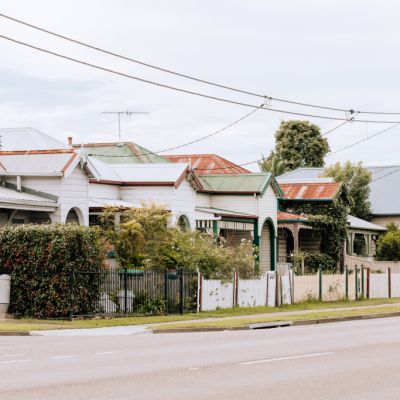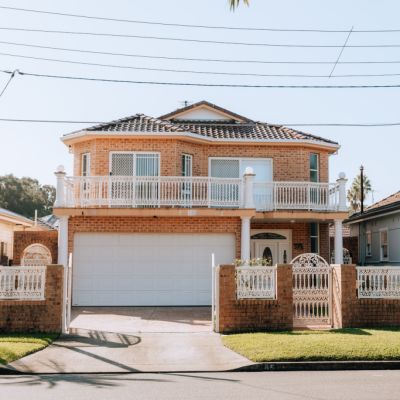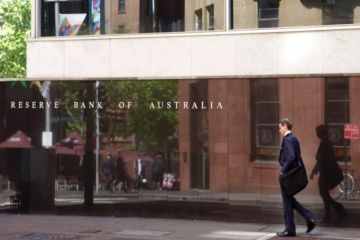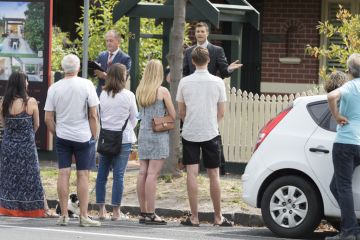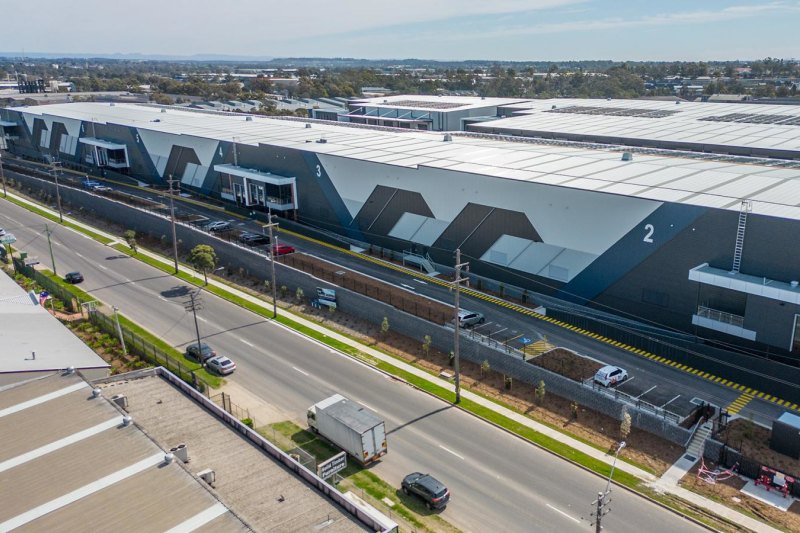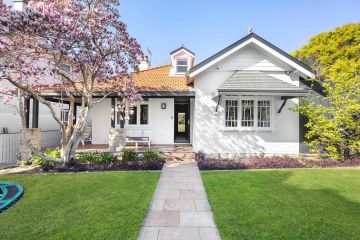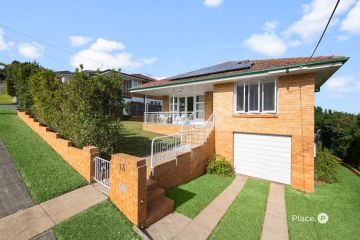June interest rate announcement: Reserve Bank lifts official interest rate by 50 basis points
The Reserve Bank has lifted the cash rate target to 0.85 per cent in its second rise in two months after a frantic guessing game around the nation, not so much over whether the rate would go up but by how much.
The June meeting of the Reserve Bank of Australia (RBA) board on Tuesday settled the question by adding 50 basis points to the 0.35 per cent rate.
RBA governor Philip Lowe said inflation in Australia has increased significantly and is expected to increase further, foreshadowing further rate rises in the coming months.
“Today’s increase in interest rates by the Board is a further step in the withdrawal of the extraordinary monetary support that was put in place to help the Australian economy during the pandemic,” he said in a statement.
The RBA hadn’t increased the cash rate target by more than 25 basis points in 22 years, although last month said an argument could be made for a 40 basis point hike given the upside risks to inflation and the current very low level of interest rates.
This extraordinary rise will be only one of many more to come, warns David Robertson, head of economic and markets research at Bendigo and Adelaide Bank.
“The RBA has got some heavy lifting to do between now and the end of the year when we predict the rate will be either 2 or 2.5 per cent,” he said.
“They’ll be careful to try to achieve a soft landing, however. Their job is to try and knock inflation down, but not to knock the economy out completely. They want price stability, but they also want broad-based prosperity.”
The RBA has said previously it would like inflation to be within a band of 2 to 3 per cent, but it jumped up to 5.1 per cent in the year to March 2022 and 2.1 per cent in the first quarter alone. The bank is now trying to strike a delicate balance between dampening the inflation rate and not setting the economy into a deflationary spiral.
“They can’t push too hard because that could seriously impact the property sector, too,” said Robertson. “And if the rate goes up 2 per cent, then property might come off 10-12 per cent.”
“The change in the government won’t change the Reserve Bank’s path, either. This inflation is nothing to do with the Labor election win; it’s all about global politics: Ukraine, China’s COVID strategy, the global energy crisis and worldwide inflation.”
In the past month, the Australian Bureau of Statistics has released its seasonally adjusted Wage Price Index, which showed that wages had risen 2.4 per cent over the year and 0.7 per cent in the first quarter.
Those figures were less than expected, but it’s thought that wages growth may now be picking up.
“The Labor government has been talking up wages, but there hasn’t been a lot of detail around that yet,” said Domain Home Loans executive director and Lendi chief executive David Hyman.
“If wages rise as well as inflation, they might have to measure up whether their fiscal policies are in line with the RBA’s monetary policy as the aim is to reduce inflation and slow the economy down, so we’ll end up seeing more modest house price growth.
“Last month’s interest rate was the first in over a decade, but, coming out of a cycle of rate reductions and seeing the cycle turning, we’ll see mortgages go up every month. There’ll never be a better time to refinance, as there are some incredible rates out there.”
It might also signal a period for some belt-tightening on discretionary expenditure, believes Christine Williams of Smarter Property Investing. There’s not much that can be done about the rising prices of food, petrol, housing and energy, but a slight increase in the cash rate could prompt people to start reining back their spending on non-essentials.
“That might mean cutting back on subscriptions to services like Netflix, on meals out, alcohol and on socialising,” said Williams. “We’ve just come out of a pandemic, and people are enjoying being free to go out again. But with the cost of living increasing, individuals do need to take responsibility for their own spending. They need to have a balanced approach.”
We recommend
We thought you might like
States
Capital Cities
Capital Cities - Rentals
Popular Areas
Allhomes
More
